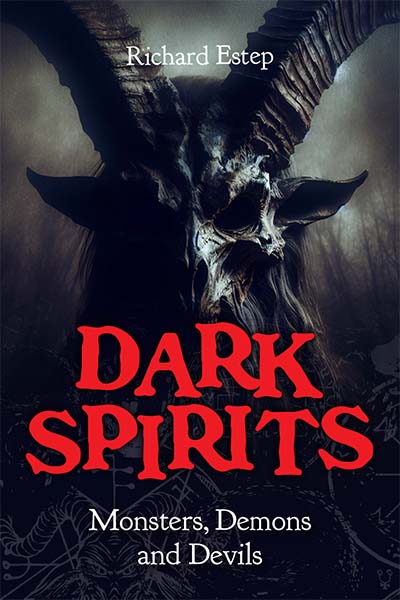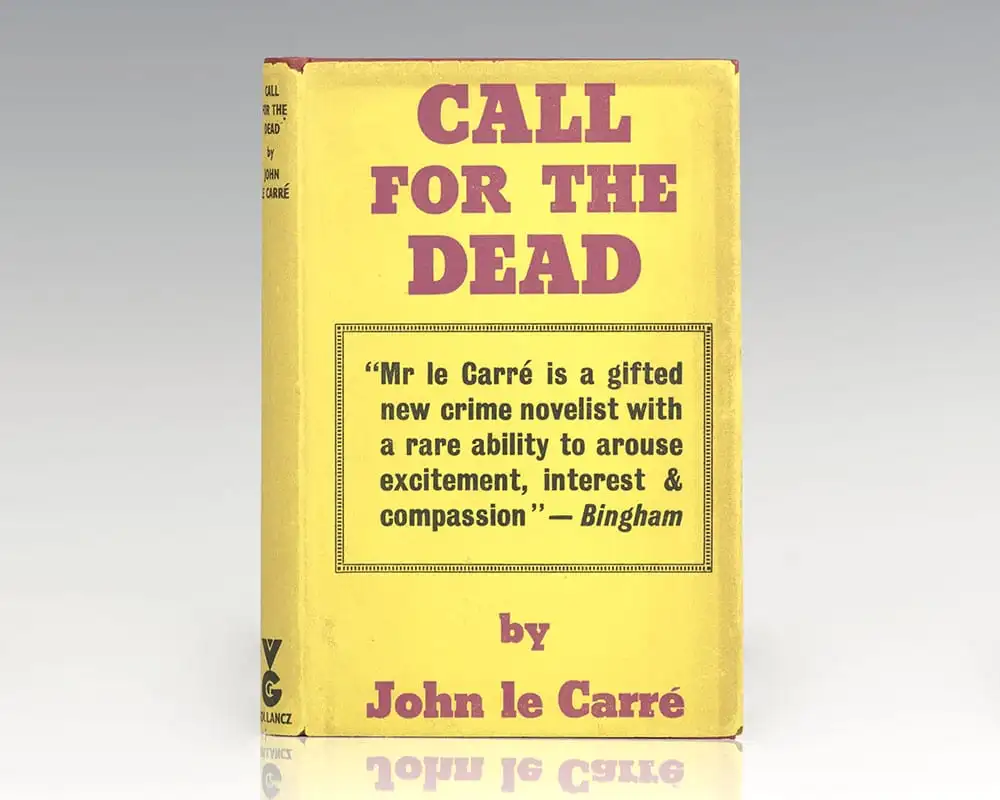
John le Carre was, to put it mildly, an interesting fellow. Arguably the pre-eminent writer of 20th century espionage fiction (though fans of Ian Fleming might have something to say about that) his real name was David Cornwell. Coming from a blue collar, working class background, Cornwell worked for both MI-5, the British domestic security service, and its international equivalent, MI-6. Although he was engaged in clandestine espionage field work, he was not quite the high-level spymaster that many readers thought him to be (an image which did no harm whatsoever to his book sales).
”Call for the Dead” is le Carre’s first ever published novel. He wrote it entirely by hand in 1961, usually on the train journey to and from his work at MI-6. Although the pen name “John le Carre” is more evocative and mysterious than his real name, this was not an attempt at marketing on Cornwell’s part. Governmental policy was such that officers were not allowed to publish under their own names, for fear of exposure. He was ultimately outed by the spy Kim Philby, who subsequently defected to Russia after his treachery was discovered.
For a first novel, “Call for the Dead” is remarkable. The prose is lean and spare, yet also evocative of the early Cold War period. It is famous for introducing le Carre’s signature character, the MI-6 officer George Smiley, who would be portrayed on the small screen by Alec Guinness and on the big screen by Rupert Davies and later by Gary Oldman. On page 1, in an opening chapter titled “A Brief History of George Smiley,” our protagonist is described as “breathtakingly ordinary” (by his own wife, who leaves him for a Cuban racing driver in the same paragraph) and “a bullfrog in a sou’wester.” Smiley, overweight and bespectacled, doesn’t walk; he waddles. It’s clear that le Carre doesn’t go in for heroes cast in the traditional mould.
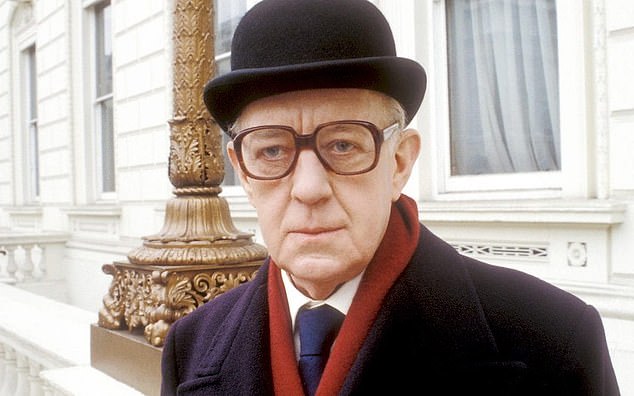

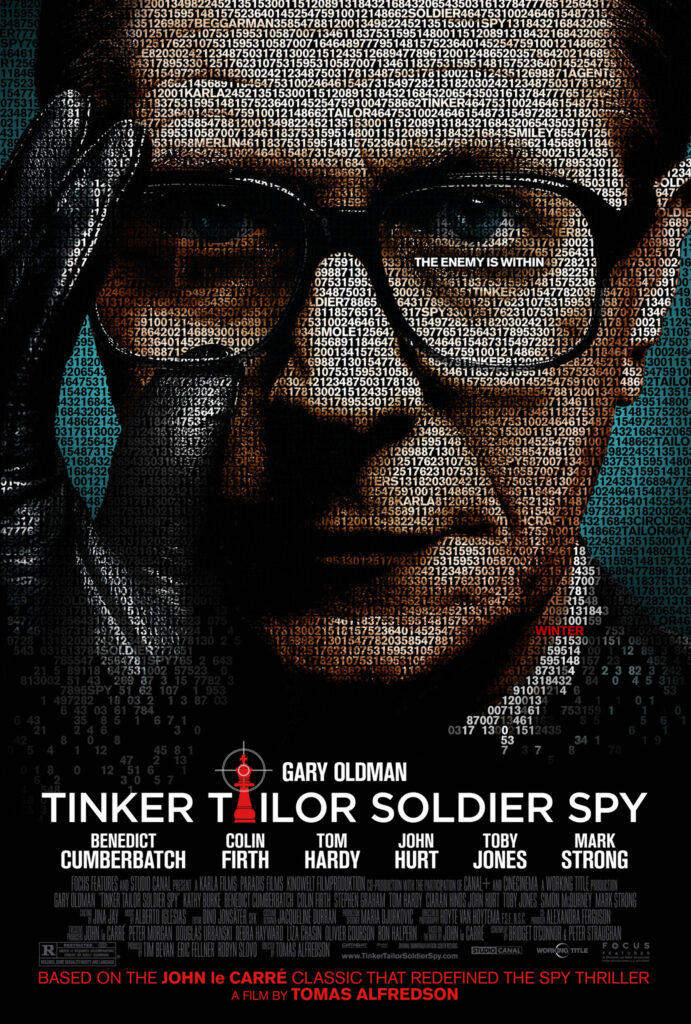
Even as he’s trying to establish his writing style, Le Carre somehow manages to successfully straddle the line between clean, spare prose and rich descriptiveness. The novel runs to just 149 pages, and le Carre makes every line count. We’re given descriptions such as “He hated the bed as a drowning man hates the sea” (p59) and “They were alone, there was sirloin and claret;” (p84). Not a word is wasted.
The plot itself is relatively simple, which is by no means a criticism. We’re given more of a murder mystery at first; the apparent suicide of a government employee immediately after Smiley conducts a mandatory interview with him, based on a single, anonymous allegation of Communist sympathies. As the chapters flow by, le Carre paints the picture of a broader mystery. Had this been the only novel he ever wrote, it’s unlikely anybody would remember “Call for the Dead” today, as anything other than a well-written spy thriller that doesn’t outstay its welcome. Stepping out of the book for a moment, the bigger picture is that le Carre is laying down the foundations for his “Smiley-verse,” unfolding a character sketch of the iconic character that would become the lynchpin of his best loved future novels.
It’s a bleak book, with little in the way of hope and humor to be found among its pages. Despite sharing an agency affiliation, there’s a world of difference between Ian Fleming’s James Bond and John le Carre’s George Smiley. The former is a ruthless, alcoholic psychopath, a man who travels to exotic foreign locations, enjoys the finest food and drink, kills the villain (and his henchmen) and protects the British government’s interests along the way. It’s easy to see Fleming’s 007 novels as the equivalent of fantasy porn for a post-WWII British society that was still coming to terms with austerity and the loss of national prestige ushered in during the late 1940s and 1950s.
Smiley, on the other hand, doesn’t pack a Walther PPK or anything like it. (“He had a gun somewhere, and for a moment he thought of looking for it. Then, somehow, it seemed pointless. Besides, he reflected grimly, there’d be the most frightful row if he used it.” p133). He isn’t handy with his fists and certainly doesn’t have a license to kill. Smiley’s world is the drab grayness of London, primarily its offices and meeting rooms, though he does get out and about for a little field work — with some serious consequences.
That’s not to say that le Carre is a better writer than Fleming, or vice versa. I love a good 007 novel as much as the next reader. Le Carre is a little more cerebral, his constructed webs of intrigue and espionage more tangled and indirect. “Call for the Dead” is a good way to tell if his style of writing is to your taste or not.
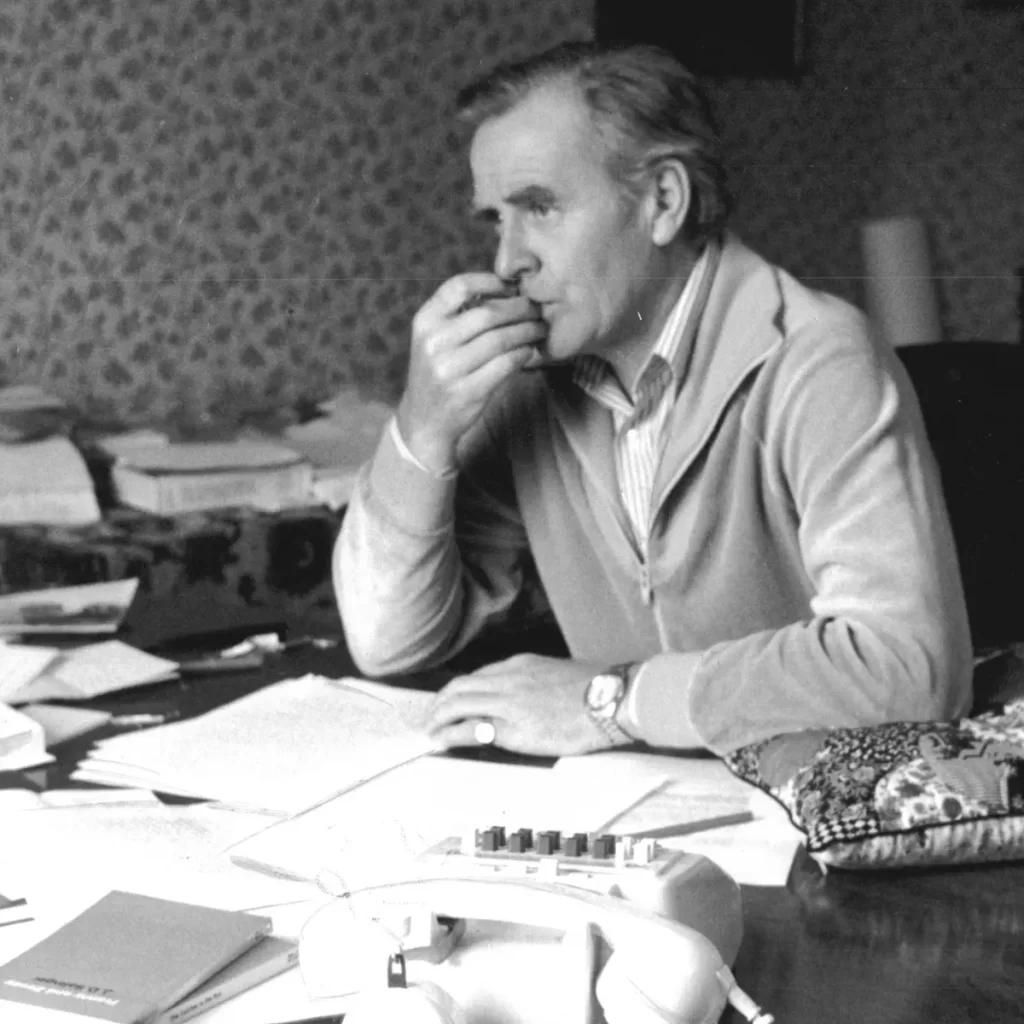
After having fallen while at home in Cornwall, John le Carre died of pneumonia on December 12, 2020, at the age of 89. He remains one of the most respected and beloved writers of the 20th century — in any genre.

